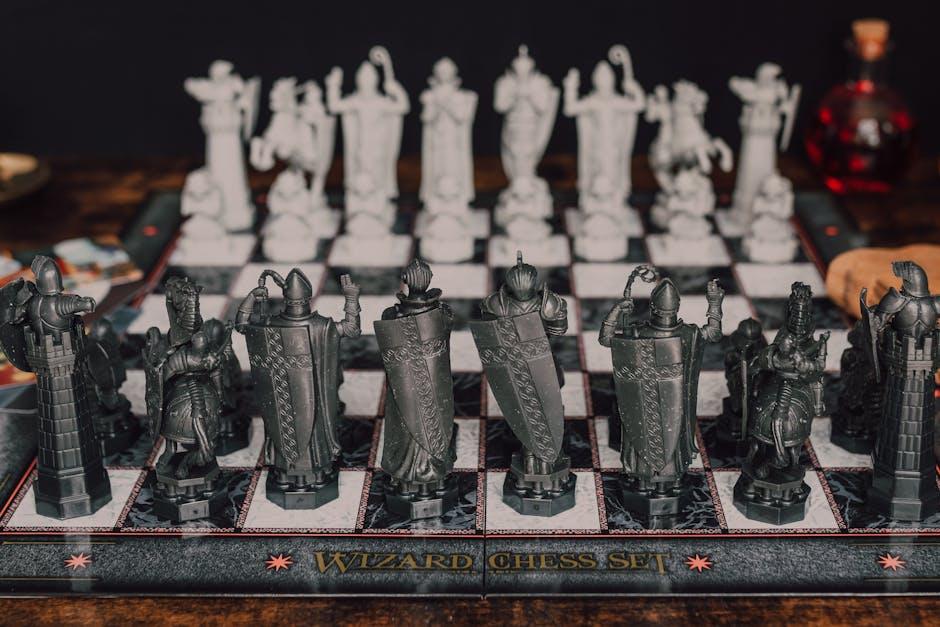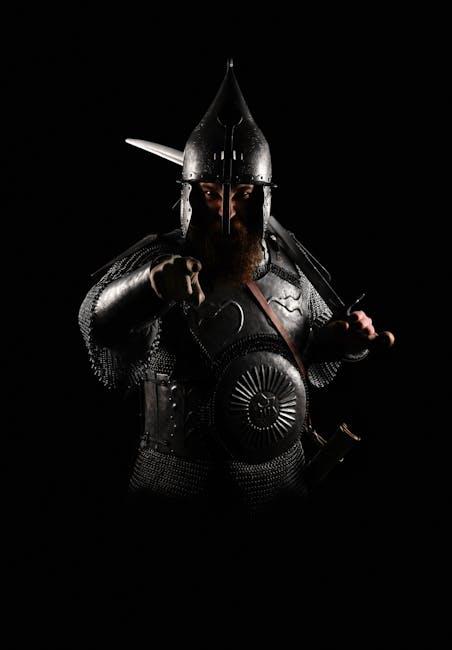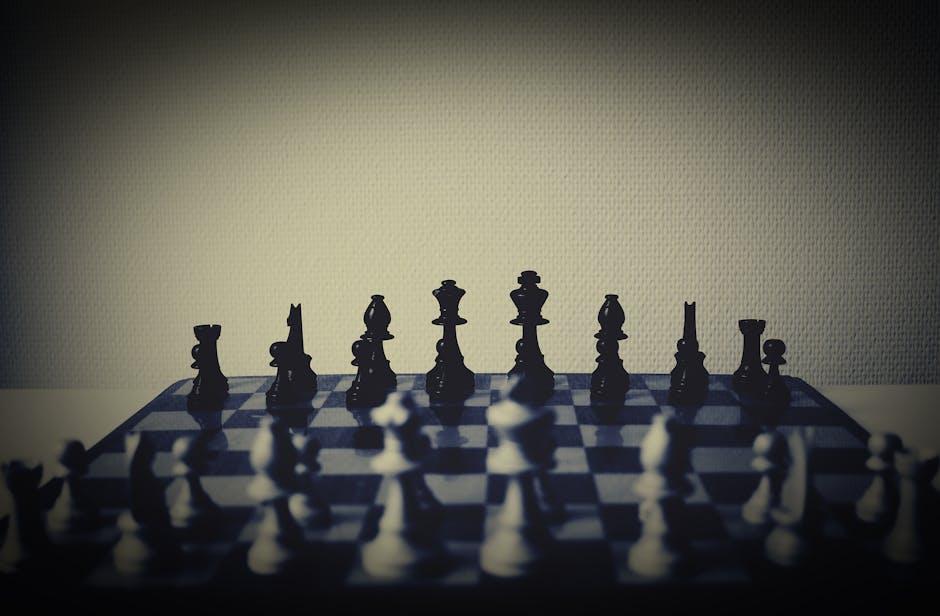In an era where digital wizardry often takes center stage, practical effects over expensive CGI”>Christopher Nolan‘s “The Dark Knight” stands as a testament to the enduring power of practical effects. While modern blockbusters lean heavily on CGI to create their dazzling spectacles, Nolan’s masterpiece opts for a different kind of magic—one grounded in reality. This article delves into how the film’s meticulously crafted stunts not only captivate audiences but also outshine the digital feats of today’s cinematic landscape. Join us as we explore the artistry and impact of these tangible thrills, proving that sometimes, the old ways are still the best.
Crafting Reality: The Art of Practical Effects
In an era dominated by digital wizardry, Christopher Nolan’s The Dark Knight stands as a testament to the visceral impact of practical effects. The film’s legendary stunts, like the iconic flipping of the Joker’s truck, were executed with a blend of precision and ingenuity that modern CGI often lacks. These tactile moments offer audiences a tangible connection to the action, grounding the fantastical elements of Gotham in a reality that feels almost palpable.
The commitment to practical effects in The Dark Knight involved a meticulous attention to detail. Key elements included:
- Real explosions: The decision to use actual pyrotechnics lent authenticity to explosive sequences, creating genuine shockwaves felt by both characters and viewers.
- Stunt coordination: Skilled performers executed complex maneuvers, ensuring that every punch, crash, and chase carried weight and consequence.
- Miniature models: Employed for scenes requiring a larger-than-life spectacle, these models added a layer of realism difficult to replicate digitally.
Such dedication not only elevates the storytelling but also serves as a masterclass in the enduring power of practical effects in cinema.

Mastering Momentum: The Physics Behind the Stunts
In the heart-pounding chase sequences of The Dark Knight, every twist and turn is a testament to the meticulous application of physics. By harnessing the power of momentum, the film’s stunt team crafted scenes that feel both visceral and authentic. Unlike the often weightless feel of CGI, practical stunts ground the action in reality. This is achieved by calculating the precise mass, velocity, and friction needed for each stunt, ensuring that every impact is as thrilling as it is believable.
- Real-World Dynamics: Vehicles were rigged and flipped using actual physical forces, not digital manipulation.
- Controlled Chaos: Stunt coordinators leveraged momentum to choreograph sequences that are chaotic yet controlled, making the audience feel every jolt and crash.
- Tangible Impact: The use of real objects interacting with their environment creates a sensory experience that CGI struggles to replicate.
These elements come together to create a cinematic experience where the laws of physics not only govern the stunts but elevate them, offering a sense of immersion that remains unmatched by modern digital techniques.

The Directors Vision: Balancing Practicality and Spectacle
Christopher Nolan’s approach to filmmaking is a masterclass in harmonizing the raw, visceral energy of practical effects with the grandiose allure of cinematic spectacle. By prioritizing real-world stunts over digital trickery, Nolan crafts an experience in “The Dark Knight” that resonates with authenticity and intensity. Practical stunts, such as the iconic flipping of a semi-truck in the streets of Gotham, offer a tangible weight that modern CGI often struggles to replicate. This commitment to realism not only enhances the believability of the narrative but also immerses the audience in a world that feels palpably real.
- Immersive Experience: Practical effects ground the viewer, creating a connection that digital effects can sometimes lack.
- Visual Impact: The physicality of real stunts offers a visual spectacle that is both thrilling and awe-inspiring.
- Craftsmanship: The dedication to meticulous stunt work highlights the artistry and skill involved in traditional filmmaking.
By skillfully balancing practicality with spectacle, Nolan not only honors the traditions of filmmaking but also elevates them, setting a benchmark that challenges the dominance of CGI in contemporary cinema. This fusion of real and reel captivates audiences, proving that sometimes, the most breathtaking visuals are those grounded in reality.

Lessons for Filmmakers: Embracing Authentic Action
In an era where digital effects often dominate the cinematic landscape, Christopher Nolan’s commitment to practical stunts in “The Dark Knight” serves as a compelling lesson for filmmakers. The visceral impact of real explosions and meticulously choreographed chase scenes brings an authenticity that resonates with audiences. When the Joker flips a truck on the streets of Gotham, the palpable tension stems from the knowledge that this was a real event orchestrated with precision. By embracing such tangible elements, filmmakers can create a more immersive experience that CGI sometimes fails to capture.
- Realism Over Reliance: Using practical effects can ground a film in reality, making the stakes feel higher.
- Audience Engagement: Authentic stunts draw viewers into the story, creating a lasting impression.
- Creative Problem Solving: Challenges of practical effects often lead to innovative filmmaking solutions.
By prioritizing real action over digital shortcuts, filmmakers can craft narratives that not only entertain but also inspire and captivate.

